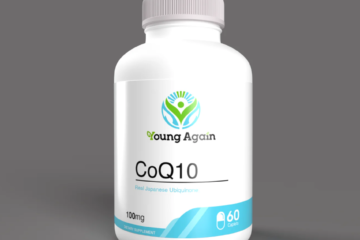Affordable Medical Supplies: Ensuring Access to Essential Healthcare Resources

Introduction
Access to affordable medical supplies is crucial for individuals and communities to maintain optimal health and well-being. In today’s healthcare landscape, the availability and affordability of medical supplies play a significant role in ensuring that everyone can access the necessary resources to manage their health conditions, recover from illnesses, and lead fulfilling lives. This article explores the importance of affordable medical supplies, the challenges faced in accessing them, and various solutions to make healthcare resources more accessible and affordable for all.
-
The Significance of Affordable Medical Supplies
1.1 Ensuring Healthcare Accessibility: Affordable medical supplies are essential in ensuring that individuals, regardless of their socioeconomic status, can access the healthcare resources they need. From basic items like bandages, gloves, and syringes to more complex equipment such as nebulizers, blood pressure monitors, and mobility aids, affordable supplies are the backbone of healthcare delivery, enabling individuals to receive the necessary treatments and support for their health conditions.
1.2 Supporting Disease Management: For individuals with chronic illnesses, affordable medical supplies are crucial for effectively managing their conditions. This includes medications, testing kits, glucose meters, insulin pens, and other supplies required for daily monitoring and treatment. Affordable access to these supplies empowers individuals to proactively manage their health, prevent complications, and lead productive lives while reducing the financial burden associated with ongoing healthcare needs.
1.3 Promoting Preventive Care: Affordable medical supplies also play a vital role in promoting preventive care. Vaccines, diagnostic tests, screening kits, and personal protective equipment (PPE) are essential supplies that help detect and prevent the spread of diseases. By making these supplies affordable and accessible, individuals are more likely to engage in preventive measures, leading to early detection, timely interventions, and better overall health outcomes.

-
Challenges in Accessing Affordable Medical Supplies
2.1 Cost Barriers: One of the primary challenges in accessing affordable medical supplies is the high cost associated with healthcare resources. The rising prices of medications, medical devices, and other supplies pose significant financial burdens, particularly for individuals without health insurance or limited resources. These cost barriers can result in delayed or inadequate healthcare, leading to adverse health outcomes and reduced quality of life.
2.2 Limited Availability: In some regions, especially in underserved communities, there may be limited availability of affordable medical supplies. This can be due to a lack of healthcare infrastructure, inadequate distribution networks, or geographical barriers. Limited availability exacerbates health disparities and hinders individuals from accessing the supplies they need for proper healthcare management.
2.3 Quality Assurance: Ensuring the quality and safety of affordable medical supplies is another challenge. With the emergence of counterfeit or substandard products in the market, individuals may be hesitant to purchase affordable supplies for fear of compromising their health. Establishing quality assurance mechanisms and promoting reputable suppliers are essential to instill confidence in the affordability and safety of medical supplies.
-
Conclusion
Affordable medical supplies are vital for ensuring equitable access to healthcare resources. By addressing the challenges of cost barriers, limited availability, and quality assurance, we can make healthcare more accessible and affordable for all individuals. Government initiatives, non-profit organizations, bulk purchasing options, online marketplaces, generic alternatives, and community health programs all play a significant role in promoting affordability.
Empowering individuals through insurance coverage, prescription assistance programs, price comparison tools, and health education can also contribute to improving affordability and ensuring access to essential medical supplies. By working together, healthcare stakeholders can create a healthcare system where affordable medical supplies are readily available, supporting individuals in their pursuit of better health and well-being.










